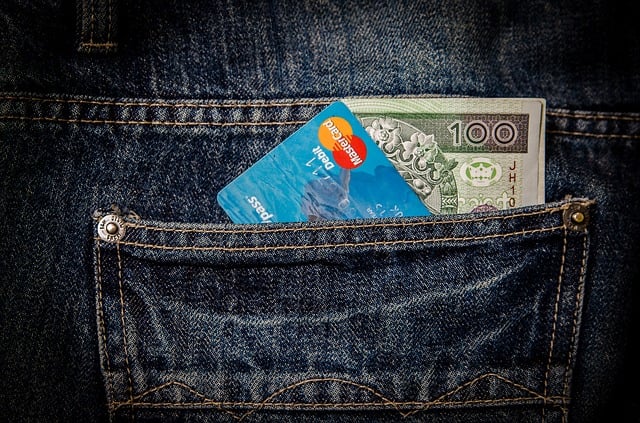Paying 1099 contractors can be a complex task. There are many things to consider, from IRS forms and payment methods to tracking hours.
The key to paying your contractors correctly and efficiently is clearly understanding your obligations. Keeping track of these details will help you save time and money.
Paying Your Contractors
When you hire contractors, you must understand how you should pay them. There are several different payment options, including checks and direct deposit. You’ll also need to know how to complete the W-9 form and submit it to the IRS.
Once you’ve hired payroll for contractors, you’ll need to set up their information in your payroll system. This may be a notebook or payroll software, but you’ll need to record all their data to process their payments quickly and easily.
During this initial setup, you’ll also need to decide on payment rates and deadlines for the work. These can be hourly, by the project or a retainer fee based on their bid.
If you decide to pay for the project, make sure that the milestones you set are based on the actual work and not your expectations or the contractors. This will help avoid misunderstandings in the future and ensure that the job gets done on time.
Independent contractors have a different tax structure than employees, so it’s essential to make sure that you are classifying them correctly and paying them properly. This can help you reduce the risk of being audited by the IRS and avoid fines and taxes.
Getting Started
Paying contractors isn’t as complicated as paying employees, but getting it right can still be challenging. Fortunately, there are many tools and solutions out there that can help you pay your contractors correctly and efficiently.
Before you can start paying 1099 contractors, you’ll need to set up a system for tracking their payment information. This may involve a notebook, spreadsheet, or payroll software.
Once you have the system, you can process their invoices and make payments. You can do this via checks or direct deposit, depending on your agreement with your contractor.
In addition to a reliable system for paying contractors, you’ll need to ensure they’re correctly classified as independent contractors and have the correct tax documentation on file. This will help you avoid costly fines and penalties from the IRS or your state government.
You’ll need to fill out and send your independent contractor’s Form 1099-MISC. This form will report any income you’ve paid them during the previous calendar year.
As a company, you’ll also need to collect their bank account number, routing number, checking or savings account type, and transaction type (one-time or recurring). You can use ACH or ask your contractor to set up a direct deposit through their bank.
Getting Paid
Getting paid by your independent contractors can be tricky, but it doesn’t have to be. The key is to get a system in place to ensure you’re paying contractors correctly and efficiently and that they can report their earnings accurately on Form 1099.
Before starting a project, you must agree on how you will pay your contractor. Typically, this is done through a written contract that outlines how much and when you’ll pay them for work completed.
Payment methods can vary widely between contractors, but there are several standard options to consider. These include ACH, checks, and credit card payments. All three options allow you to quickly pay your contractor without needing a deposit fee.
When choosing a payment method, remember that checks are generally slow to clear and have a higher risk of bounced checks. In addition, there may be a deposit fee associated with each statement.
Another option to consider is eChecks, which are quick and easy to process. However, they do require the contractor to provide their bank account information.
Lastly, make sure you have your contractors fill out a W-9 form before you start working with them. This will help you to stay compliant with the IRS and avoid potential audits.
Taxes
Taxes are one of the most important things to consider when paying 1099 contractors. You need to make sure you pay them correctly and efficiently, so you can avoid any penalties or fines that may come your way.
To help you do this, it’s essential to know your taxes and how to calculate them. First, you’ll need to understand what your contractor earns. It’s a good idea to check with them and see what their contract says, but you can also use Keeper’s self-employment income tax calculator to find out how much you’ll owe at the end of the year.
Another thing you’ll need to do is collect their taxpayer information (Form W-9). This form will need to be in your database for at least four years, so you can easily find it when it’s time to report payments to contractors.
Once you have this information, you can complete a Form 1099-NEC for non-employee compensation over $600. You can do this by mail or electronically and send it to the IRS and your contractor by January 31.
You can also deduct business expenses like travel, attire and tools, equipment and supplies. It’s a good idea to track these items conveniently using receipts, bank statements or an expense tracking app.



